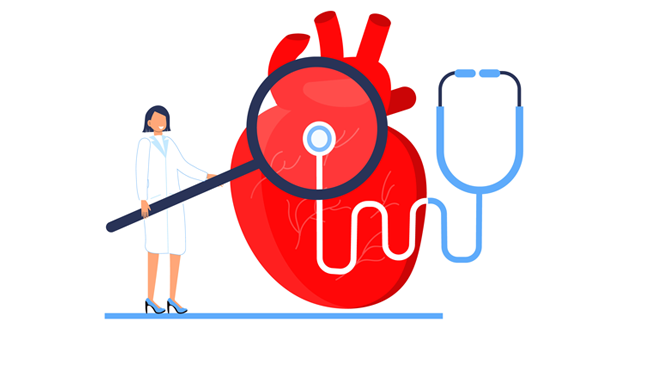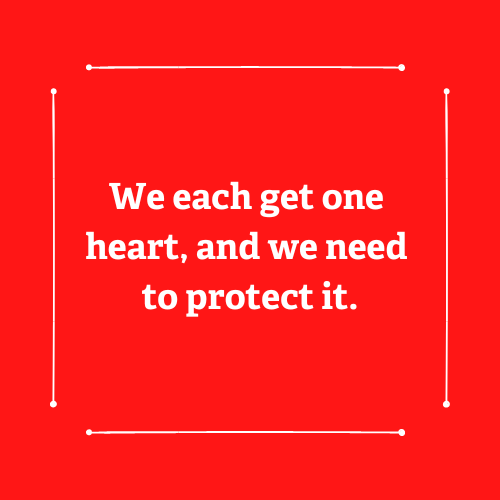
The issue of sudden cardiac arrest took center stage last month when Buffalo Bills safety Damar Hamlin collapsed after making a tackle during a nationally televised football game. Medical personnel administered CPR to Hamlin on the field before rushing him to a local hospital, where he was put in a medically induced coma.
The ensuing days saw extensive media coverage of Hamlin’s prognosis, often with cardiovascular (CV) experts explaining everything from basic heart function to complex terms like commotio cordis to the importance of having trained medical providers available in an emergency.
Thankfully, Hamlin was eventually discharged and is reportedly on the road to a remarkable recovery. As the news cycle moves on, many of us will inevitably forget some of the details we learned about CV health. But if there’s one lesson we should retain from the incident, it’s this: we each get one heart, and we need to protect it.

Stopping the Silent Killer
It’s easy to categorize the Hamlin episode as a freak accident—an isolated, trauma-induced event, brought on by playing a high-impact sport like football. In a similar vein, it’s tempting to think of cardiac arrest as something that largely affects an older generation. Most of us don’t consider the possibility of having a heart attack until we’re having one. By then, it may be too late.
February is American Heart Month, an opportunity for people to learn more about CV health. At ECG, we’ll be sharing important facts and resources related to CV disease—specifically, prevention. The healthcare industry is facing a dangerous shortage of cardiologists, and it is imperative that we explore ways to improve access to life-saving care while giving patients the tools and education they need to help them embrace wellness. Consider the following:
- Heart disease is the leading cause in the US, and one person dies every 34 seconds from CV disease.
- Heart disease costs the US nearly $1 billion per day.
- By 2035, the number of Americans with CV disease will rise to more than 130 million.
- This increased demand is expected to double the total cost of care for CV disease, with the price tag exceeding $1 trillion annually.
- Nearly half of all CV-related deaths occur without overt warning, giving rise to heart disease’s grim nickname as “the silent killer” and making CV disease prevention more important than ever.
This month, look for an article by ECG’s Sara Turley and Nick van Terheyden, MD, on the need for CV programs to invest in prevention. Terri McDonald, RN, will explore team-based care as one approach to mitigating the shortage of CV providers. And our podcast, Healthcare Upside Down, will feature three episodes on the topic of CV health:
- Dr. Wayne Batchelor, Director of the Interventional Heart Program at Inova, will discuss the topics of health equity and CV care.
- Dr. Michael Gibson, Professor of Medicine at Harvard University, will focus on advanced lipid testing and personalized CV care.
- Dr. Rupa Sanghani, Professor of Medicine at Rush University Medical Center in Chicago and Director of the Rush Heart Center for Women will talk about women’s heart disease and the emerging subspecialty of cardio-obstetrics.
We’ll also share facts about CV disease, industry trends, and tips for wellness and prevention. Remember, it was fast thinking on the part of on-site medical personnel that saved Damar Hamlin’s life. If you found yourself witnessing a cardiac event, would you be in a position to help?

